
Almost half of U of A alumni choose to stay in Edmonton. Ben Henderson, '83 MFA, is one of several working to help the city emerge as North America's premier winter destination. (Photo: John Ulan)
Stop hiding and embrace winter, say the alumni working to transform the way we look at our coldest, darkest season
Edmonton city councillor Ben Henderson, '83 MFA, came to the city in 1981 to complete his master's degree. After that, he had expected to brush the snow off his lapels and head back to Ontario. Instead, he ended up falling in love with Edmonton - and has stayed put ever since. "Career-wise, there were times it probably would have made sense to move, but I didn't want to," he says. "There isn't anyplace else I want to live."
Fresh out of university, Henderson went to work making a mark on his adopted city. He quickly emerged as a force in local theatre, as founding artistic director of Nexus Theatre and artistic director of Theatre Network. Over the years he became increasingly active in the wider community and eventually he decided to run for city council, winning a seat in 2007.

Enjoying snow-shoeing on a sunny winter's day.
Henderson is in good company: most University of Alberta graduates remain in the city after graduation. In fact, nearly half of the roughly 250,000 U of A alumni live in the greater Edmonton area, and they have a significant impact on the city where they have chosen to build their careers, businesses and lives.
Life in the North has its challenges, to be sure. And yet, here we stay. And rather than apologize for our northern identity, many U of A grads choose to shout its praises. We can't alter geographic reality, after all, so let's find ways to celebrate it.
Henderson has spent a lot of time this year pondering Edmonton's identity as a northern city - and, in particular, its attitude toward winter. He took part in Edmonton's WinterCity Strategy, a civic initiative that examined winter success stories from across Canada and around the world and solicited input from local experts and the general public. The resulting report, which includes a list of specific recommendations, went before city council in mid-October. (See sidebar on page 32.)
The plan outlines a vision of a city where couples snuggle under blankets in heated patio cafés, new construction is guided by the need for solar access and sheltered rest areas, and the city lights up the long, dark winter nights with playful "lightscaping" on city buildings. But the take-home point is this: make Edmonton a city world-renowned for embracing its northern locale and revelling in winter.
But that brings us to the question: is Edmonton a northern city at all?
Geographical sticklers will point out that, strictly speaking, Edmonton isn't even situated in northern Alberta, never mind Northern Canada. Swan Hills, which claims the title of geographic centre of Alberta, is still three hours north by car. And when Yellowknifers travel to Edmonton, they often don't refer to their destination by name - they're simply heading "Down South."
Yet, Edmonton is easily North America's most northern city with a metropolitan population of more than a million. And, as the Yukon's and Northwest Territories' principal conduit of imported goods and services, Edmonton - now more than ever - lives up to its "Gateway to the North" label. Our location, and the things that go with it - the relative isolation, the long, cold winters - dominate the way the world sees us and, to a great extent, the way we see ourselves as a community. The city claims a northern attitude, even if it falls short of a truly northern latitude.

Performers at the Mill Creek Adventure Walk (Photo: Epic Photography)
Seasonal denial disorder
Henderson sees Edmonton's northern identity as an opportunity to build upon the city's successful summer festivals, carrying some of that energy over to the winter months. Until recently, after Labour Day Edmonton has folded its tents and hunkered down. "We've gone into a kind of denial about winter, which is another major part of who we are and what we're about," Henderson says. "We made some choices that, if you just built everything indoors, winter might magically go away. Actually, I think it's exactly the opposite. I think people's idea of winter as negative and unpleasant is because we've tried to disassociate ourselves from it rather than engage with it."

Residents take advantage of the cold for some outdoor curling at the Deep Freeze Fesitval. (Photo: Epic Photography)
Government can help change that, Henderson believes. After all, those summer festivals didn't emerge spontaneously. "We all think they sprung fully formed and have always been there, but both the province and the city put in significant money to get them going."
The summer festivals bring more than just character to the city. The Fringe Festival alone reportedly generates more than $1 million in direct revenue to its artists, according to the Edmonton Economic Development Corporation. Winter festivals can carry that benefit across the seasons.
"Festivals are a significant part of Edmonton's fabric, attracting visitors and residents alike," says Brad Ferguson, '92 BA, '94 BCom, president and CEO of the EEDC, who also sees a place for winter festivals. "Our winters are filled with theatre, dance, music and sports - all part of our vibrant arts and culture scene."
Recapturing winter's magic
As Edmontonians start to renew their taste for winter, says Henderson, there's no turning back.
"We've gone from having nothing, to having not a bad series of events in that period from the first week of January through to March."

Who's afraid of winter? Revelers get outside and enjoy the season at the Christmas on the Square Holiday Light Up. (Photo: Epic Photography)
Henderson hopes the WinterCity Strategy will help decisively turn the tide, and already sees encouraging steps in that direction. He points to the success of events such as Ice on Whyte, an ice-carving festival that celebrates its 10th year from Jan. 25 to Feb. 3; and the Silver Skate Festival, which calls itself Edmonton's oldest winter festival and is set for Feb. 15 to 24.
Still, Henderson would love to see more. "My goal, ultimately, is that someone arriving here in January is just as impressed with the city as they would be if they arrived in July," he says. "I think we can get there."
That momentum seemed to falter a bit in September when Winter Light, an umbrella organization that supported winter events citywide, announced it was ceasing operations. However, Henderson refuses to see the loss as a major setback. "Winter Light was not a wasted effort, nor do I think it was a failure." He praises organizers for getting the snowball rolling in terms of winter events and promises to do what he can to keep it growing. "There are a couple of programming pieces - like the Mill Creek walk - we will now have to find ways to step in, to make sure they can survive on their own."
The Mill Creek Adventure Walk is one of the city's newest winter events, filling the darkest days of the season with light. Last year, more than 4,000 people came out to walk the lantern-lit trails in the river valley and see entertainers and storytellers weaving a winter's tale.
"Why was that event so good?" asks John Mahon, '76 BMus, '83 MBA. "It wasn't a big expense - some little lights here, some actors here - but there was something magical about it. You could see it on the kids' faces. You're dressed up, you're with your parents, and you're moving in this mass of people in the dark. And there are these little pinpoints of delight. There's a light over there, or there's a little gnome hiding over there, or you suddenly come across this bonfire."

"Winter is sexy, winter is free ... you just have to have an extra hat!" - John Mahon (Photo: Aaron Pedersen/3TenPhotography.com)
We used to be better at winter, says Mahon, executive director of the Edmonton Arts Council, who recalls looking at the season differently during his childhood in the 1960s. "We took pride in our clothing; we took pride in our ability to get around the city," he recalls. "I remember the one year when it never went above zero Fahrenheit [-18 C] for 35 days, and everyone was proud of that. There was no resentment."
The arts community-led by U of A alumni like Mahon-is helping Edmonton get its winter mojo back. "We're coming back to it. I think collectively we realize that winter itself is actually an extraordinarily beautiful time of year, with the sunlight and the snow."
While Mahon argues we should learn to embrace winter, that doesn't mean toning down our enthusiasm for Edmonton's brief but glorious summers.
"If you take an expanded view, the Edmonton summer festivals are a really accurate and authentic celebration of summer in a northern climate," Mahon says. "We want to get out of our houses. We want to gather in large groups. We want to do something meaningful, and meet and share stories with our friends. That's a tradition probably as old as the aboriginal people in the Prairies, with their gatherings just to catch up."
Throughout the year, artists can play a key role in shaping Edmonton's northern identity, says Mahon. "We have to let our artists tell the stories, or give us memories or images of this unique position we're in [as a northern city]. We need to not deny it or feel ashamed. We have to let the artists lead us."
Embracing our geography
To Kamren Farr, '98 BSc, '06 MBA, Edmonton's northern identity is inextricably linked to its river valley. Winding through the heart of the city and running past the heart of the U of A's North Campus, the North Saskatchewan continues to connect us with nature, with our history and with our aboriginal past. "If you look at the first half of the last century, up to the 1950s, Edmonton embraced its northern identity," says Farr. "We called ourselves the 'Gateway to the North.' Our football team was the Edmonton Eskimos. Then, in the second half of the century, we started to move away from that."

"Over the next 20 to 25 years, we need to make decisions as a community that will make Edmonton remarkable." - Kamren Farr
As an avid runner, Farr has gotten to know every trail in the city. In 2006, he put his experience to work by bringing Edmonton into the Five Peaks running series, a network of trail-running events across Canada.
In preparing for Edmonton's first race, Farr created a seven-kilometre course in the river valley. Later, he was gratified to discover that runners kept returning to run it on their own, long after the event. Edmonton's series is now second in size only to Toronto's.
Farr would now love to expand that success into the winter months. "Last winter we started up the Storm snowshoe running series," he says. With a bit of effort and investment, he believes, Edmonton could broaden its winter recreation. "That's a real transition point for Edmonton, when we start to wrap our heads around that whole idea of being a northern city and the opportunities that are in front of us."
Once we make that leap, Farr argues, the impact will extend far beyond the people who already live here. It will help Edmonton achieve a bold, distinct identity - a northern identity. After all, our location is the one indisputable feature that sets us apart.
"Across North America, there are more than 70 cities with over a million people," Farr continues. "A lot of them start to blend together - strip malls and freeways and planned communities and power centres. Over the next 20 to 25 years, we need to make decisions as a community that will make Edmonton remarkable."
If these alumni succeed, they might just be able to help the city recapture its winter sparkle. Or, as Mahon puts it:
"Winter is sexy, winter is free … you just have to have an extra hat!"





































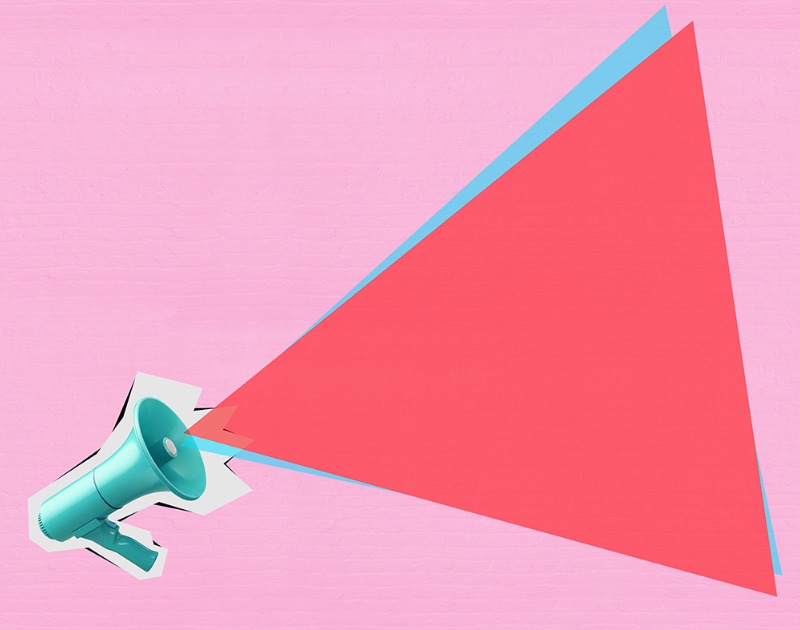


























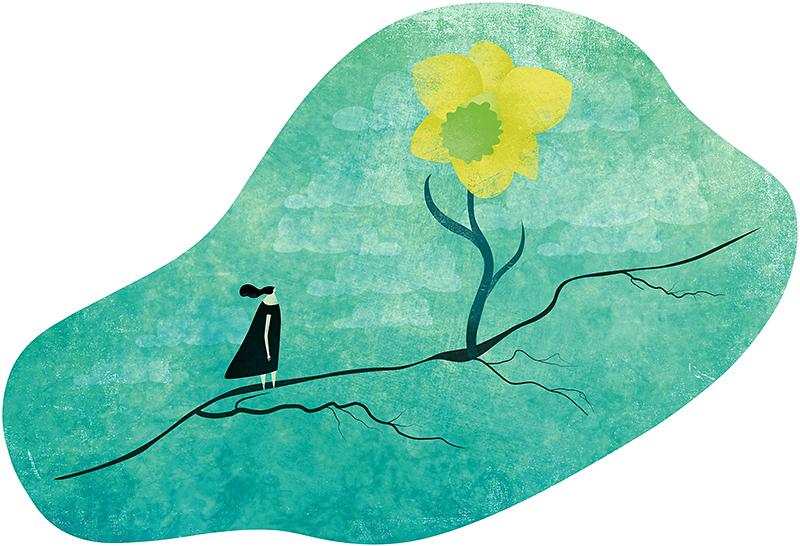






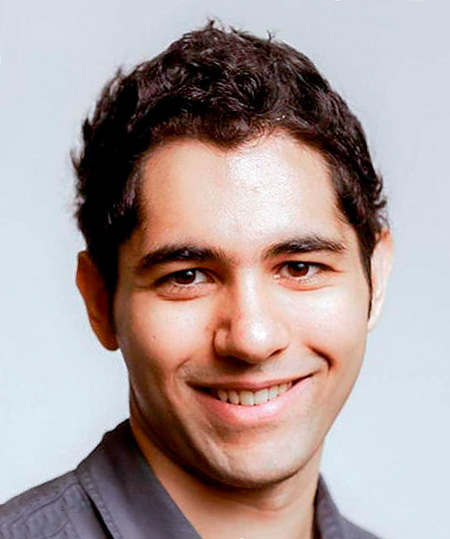














































































































































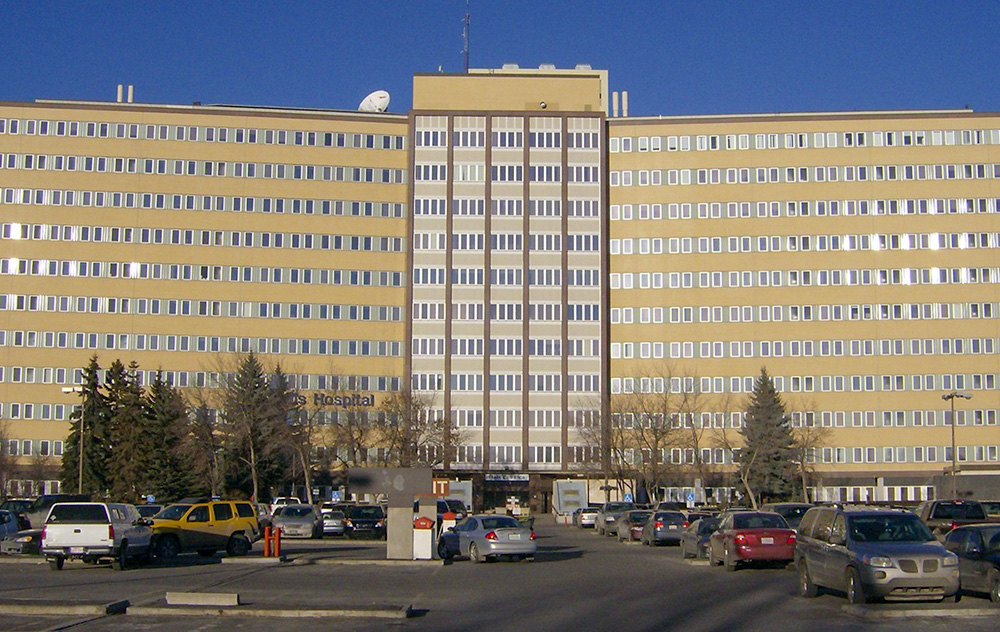






























































































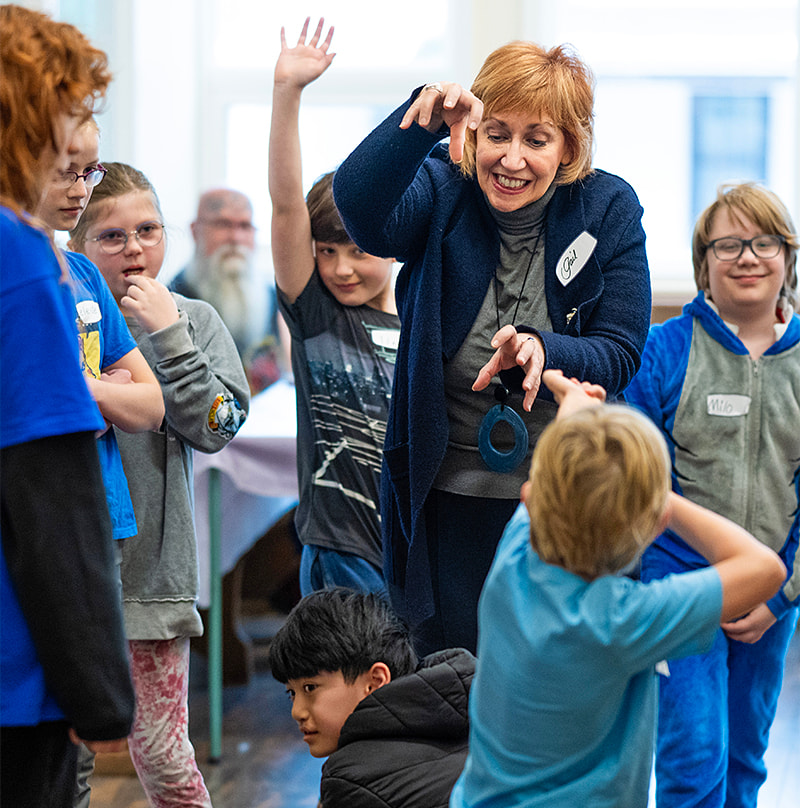











































































































































We at New Trail welcome your comments. Robust debate and criticism are encouraged, provided it is respectful. We reserve the right to reject comments, images or links that attack ethnicity, nationality, religion, gender or sexual orientation; that include offensive language, threats, spam; are fraudulent or defamatory; infringe on copyright or trademarks; and that just generally aren’t very nice. Discussion is monitored and violation of these guidelines will result in comments being disabled.